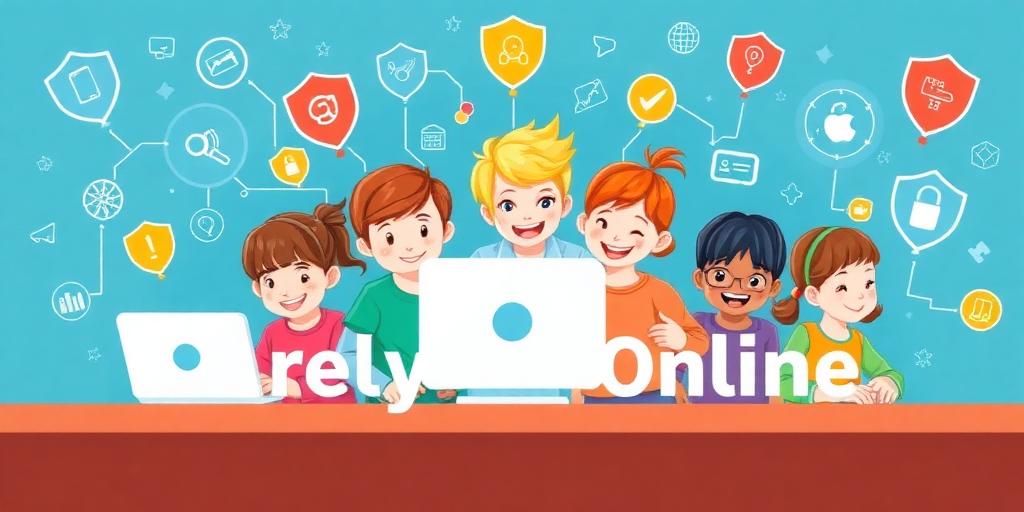Protecting children online is a paramount concern in our increasingly digital world. The Children's Online Privacy Protection Act (COPPA) has been a cornerstone of online child safety for over two decades. However, as technology evolves, it's crucial to examine whether COPPA alone provides sufficient protection and explore additional measures that can be implemented.
Understanding COPPA COPPA, enacted in 1998, imposes specific requirements on website and online service operators regarding the collection, use, and disclosure of personal information from children under 13. It mandates that operators provide notice to parents and obtain verifiable parental consent before collecting, using, or disclosing a child's personal information.
Limitations of COPPA While COPPA has been instrumental in safeguarding children's online privacy, it has certain limitations:
- Age Verification: Accurately verifying a user's age online remains a challenge. Children may misrepresent their age, and existing age verification methods are not foolproof.
- Evolving Technologies: COPPA primarily addresses websites and online services. However, the digital landscape has expanded to include mobile apps, social media platforms, and emerging technologies like virtual reality, which may not be fully covered by COPPA.
- Enforcement: Enforcing COPPA can be difficult due to the sheer volume of online platforms and the challenges of identifying and prosecuting violations.
Beyond COPPA: Additional Measures To enhance online child safety, the following measures can be considered:
- Strengthening Age Verification: Developing more robust and reliable age verification technologies is essential. This could involve exploring biometric data, verifiable credentials, or collaborations with trusted third-party identity providers.
- Expanding COPPA's Scope: Updating COPPA to encompass emerging technologies and address gaps in coverage is necessary. This may involve clarifying the definition of "online service" and extending COPPA's reach to mobile apps, social media platforms, and virtual reality environments.
- Promoting Digital Literacy: Educating children, parents, and educators about online safety best practices is crucial. This includes teaching children how to protect their personal information, recognize online risks, and report inappropriate content or behavior.
- Enhancing Parental Controls: Providing parents with more effective tools and resources to monitor and manage their children's online activities is essential. This could involve developing user-friendly parental control apps, providing clear guidance on privacy settings, and promoting open communication between parents and children about online safety.
- Fostering Industry Self-Regulation: Encouraging online platforms and service providers to adopt voluntary codes of conduct and implement responsible data practices can complement COPPA's requirements. This could involve establishing industry-led initiatives to promote online child safety and privacy.
- International Cooperation: Given the global nature of the internet, international cooperation is essential to address online child safety challenges. This could involve harmonizing data protection laws, sharing best practices, and collaborating on cross-border enforcement efforts.
Conclusion COPPA has been a valuable tool in protecting children's online privacy, but it is not a panacea. By addressing its limitations and implementing additional measures such as strengthening age verification, expanding COPPA's scope, promoting digital literacy, enhancing parental controls, fostering industry self-regulation, and encouraging international cooperation, we can create a safer and more secure online environment for children.









